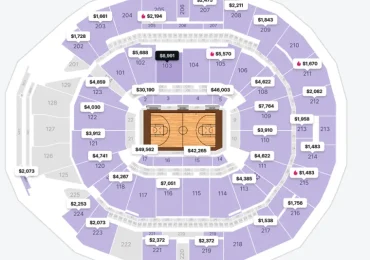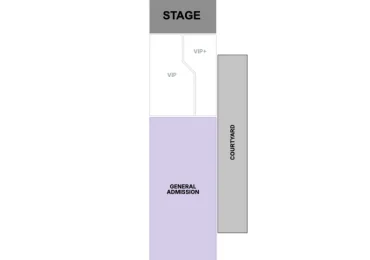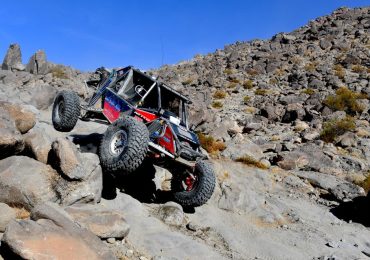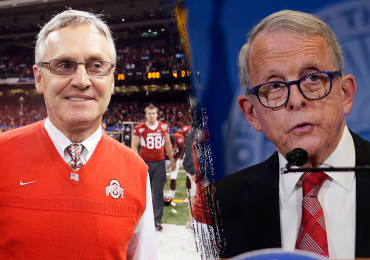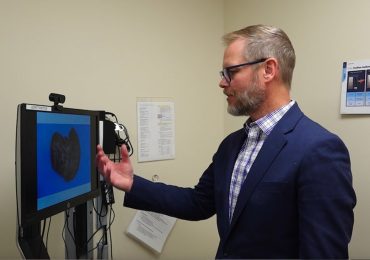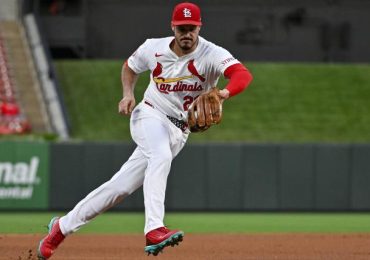The United States saw its sole representative among the drivers on the Formula 1 grid lose his seat on Tuesday, as Williams opted to drop Logan Sargeant for the remainder of the season in favor of Formula 2 racer Franco Colapinto (pictured above). It was a clinical decision, made off the back of a heavy crash in FP3 at Zandvoort that cost Williams a huge amount of money, as well as damaged a number of upgraded components. Those components had been delayed in terms of their introduction from much earlier in the year, when Williams also had to deal with a lot of repair work.
To be fair to Sargeant, he wasn’t the only one of the two drivers to crash earlier in the year, with Alex Albon writing off a chassis in Melbourne when Williams didn’t have a spare, and subsequently being given Sargeant’s car as the American was withdrawn from the rest of the weekend. But the demands on Sargeant had been set out by team principal James Vowles, who wanted to see the 23-year-old getting closer to Albon’s level of performance on a regular basis. Not crashing heavily was taken as a given.
A year ago, Sargeant crashed twice during the Zandvoort weekend, once in qualifying — having reached Q3 for the first time — and then again in the race. At the time, if you could have fast-forwarded 12 months you’d have expected to see a little more consistency in his performance, and a lot less propensity to damage the car.
So the decision was not taken solely on performance potential, because Sargeant has shown flashes of what he can do. But with no points this season, it was deemed time to roll the dice to see if it could find a safer pair of hands that could simultaneously increase the chances of scoring.
On that basis, Colapinto did not top my list of expected replacements. In fact, uncertainty over his Super License status and the fact he’s only in his first year of F2 meant I largely dismissed his name’s inclusion in the pool of drivers being considered by Williams over the weekend at Zandvoort. But the 21-year-old Argentinian has clearly impressed the team enough to be deemed a better choice than having Sargeant to complete the season, with both knowing that Carlos Sainz will arrive in 2025.
In that sense, the pressure is off for Colapinto. It’s not an audition for a race seat, and he has nothing to lose. But his racing record would suggest he wouldn’t have pushed beyond his own means in the hope of impressing either way.
Colapinto earned four of his Super License points for completing an FIA championship — each of his two Formula 3 seasons — without receiving any penalty points, a trend he has continued this year in F2. He’s also brought the car home in every race bar two this season, both due to reliability issues.
 Colapinto’s get-acquainted sessions with the Williams FW46 mean he won’t be coming in completely cold. Zak Mauger/Motorsport Images
Colapinto’s get-acquainted sessions with the Williams FW46 mean he won’t be coming in completely cold. Zak Mauger/Motorsport Images
Williams has been able to see Colapinto’s potential through two outings in current machinery, with him completing the Young Driver Test in Abu Dhabi last year and then making his FP1 debut at Silverstone back in July. On the latter occasion, he was 0.4s off Albon, but also managed 24 laps, ensuring he exceeded 100km without penalty and picked up another Super License point.
Of the other main candidates that came across the radar in recent weeks, all are tied to other teams, with Liam Lawson the Red Bull and RB reserve driver, Jack Doohan the same at Alpine and Mick Schumacher also fulfilling reserve duties for Mercedes at times. All three could theoretically have been called back by their parent teams if required at short notice, leaving Williams scrambling. Instead, Colapinto brings a certainty that he will see out the season.
Williams is also following its own mantra by backing a young driver that has come through its academy, having signed Sargeant and placed him in F2 before promoting him in 2023, and now doing exactly the same with his replacement.
It’s a big ask for Colapinto to deliver performances, but he has won at Monza on numerous occasions in the junior categories, and will be racing this weekend on a track that he knows well, even if that isn’t in F1 machinery.
Costly errors in terms of results or lap time will be accepted for a rookie being dropped into the car at late notice, but the one thing Williams and Vowles will be telling Colapinto to avoid is the expensive mistake that heavily damages a car.
Do that over the next nine races and Colapinto will likely return to F2 next year as a talent as closely watched as Kimi Antonelli and Oliver Bearman. Fail, and Williams will have learned a lot about one of its top young prospects, but also missed out on little given Sargeant’s lack of results and the stability to the future lineup that Sainz brings alongside Albon.
The team had little to lose, but Colapinto potentially has a lot to gain.


